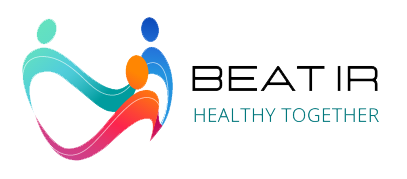Acne
Acne occurs when skin cells clog pores in sebaceous and sweat glands. As the pore plug oxidizes, it evolves from a white head to a blackhead. If the clogged pore gets inflamed, the sebaceous gland can become irritated and red when propionibacterium begins to proliferate in the gland. An acne zit can be fluid-filled or more solid depending on how long the pore has been plugged.
Acne tends to be higher in teenagers since they get an androgen hormone spike of testosterone. This is in addition to the fact that teenagers tend to eat more junk food rich in sugars; sugars stimulate insulin production, which reduces SHBG protein levels.
SHBG protein binds free testosterone and estrogen and removes them from the blood. Would you be surprised to find out that patients with acne usually have low SHBG levels, and low SHBG levels are most associated with high insulin levels and high glucose consumption? Other associated conditions relating to increased acne, especially in women, include low thyroid associated with high estrogen. High cortisol is also associated with high testosterone.
A ketotic diet and intermittent fasting are beneficial to lowering insulin levels. Berberine is a natural hormone that mimics Metformin can help lower glucose levels and thus insulin. Green tea is also beneficial for lowering inflammation, anti-bacterial, sebum levels, cortisol, and insulin levels. Finally, Vitamin A is essential in keeping sweat glands in check by decreasing oil production. Both Zinc and copper increase Vitamin A levels and will thus help acne.
It is no surprise that Vitamin A, a central component of Accutane, is found in high levels in egg yolk.


Responses